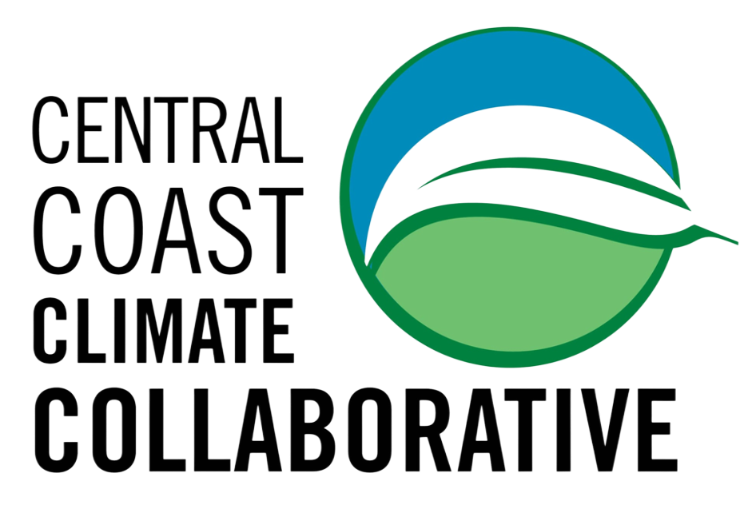Community engagement is foundational to ensuring that your Community Resilience Hub is trusted, responsive, and utilized by the community.
The features, services, and programs offered by Hubs should reflect the lived experiences, unique strengths, and evolving needs of the communities they serve–before, during, and after a disaster. A thoughtful and intentional approach to community engagement can create meaningful, accessible, and equitable opportunities for historically marginalized and underrepresented voices to directly shape the design and purpose of the Hub to meet their needs and priorities.
